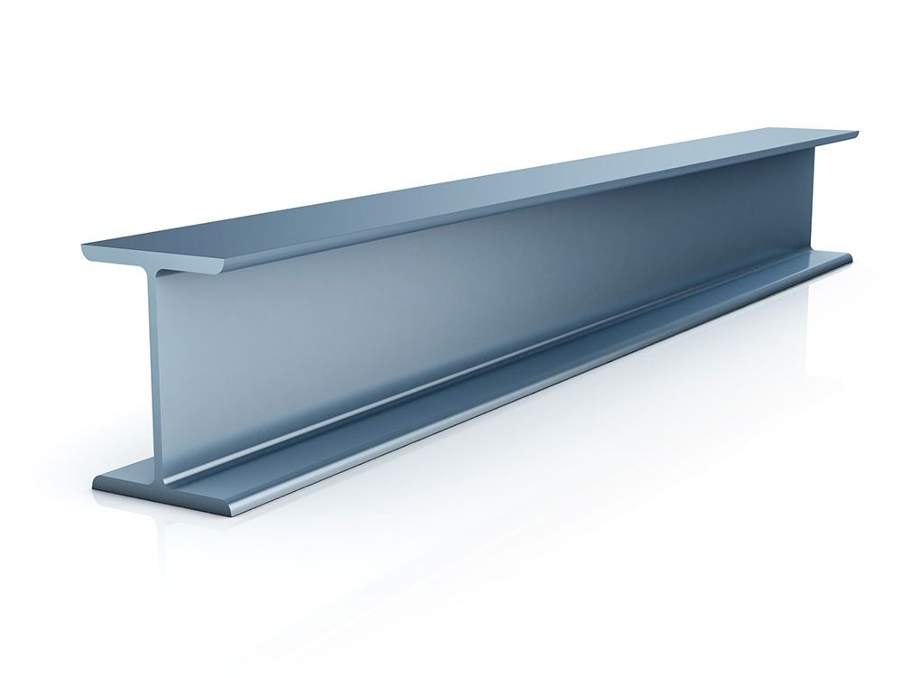
As the name suggests, I-beam is a kind of "I"-shaped steel. The inner surface of the upper and lower flanges has an inclination angle, generally, 1:6, which makes the flange thinner on the outside and thicker on the inside. Therefore, the cross-sectional properties of I-beams in the two main planes are very different, and it is difficult to give full play to the strength properties of steel in applications. Regardless of whether the I-beam is ordinary or light steel, due to the relatively high and narrow section, the moments of inertia of the two main sleeves of the section are very different. Therefore, it can only be directly used for bending members in the web plane or to form lattice load-bearing members. It is not applicable to members in axial compression or members bent perpendicular to the plane of the web.
H-beam is an economical profile. Due to the reasonable shape of the section, the manufacturer can tap the steel more efficiently and increase the cutting capacity. Different from the common I-shape, the wing embroidery of the H-beam is widened, and the inner and outer surfaces are usually parallel, which is convenient for the connection with high-strength bolts and other parts.

H-beam is widely used in steel structure buildings. It is different from stainless steel I-beams.
1. The inner surface of the H-beam flange has no inclination, and the upper and lower surfaces are parallel.
2. The two outer sides of the H-beam are straight, and the inner side has no slope.
3. The cross-sectional performance of H-shaped steel is obviously better than that of traditional I-beam, channel steel, and angle steel.
4. H-shaped steel is an economical cross-section, with more optimized cross-section distribution and a more reasonable strength-to-weight ratio. It is so named because its cross-section is the same as the English letter "H". This makes the welding and splicing of H-beams easier than I-beams and has better mechanical properties per unit weight. Manufacturers can save a lot of stainless steel material and construction time.